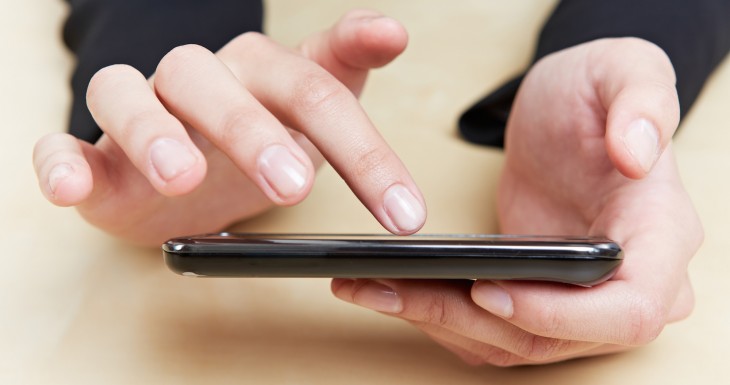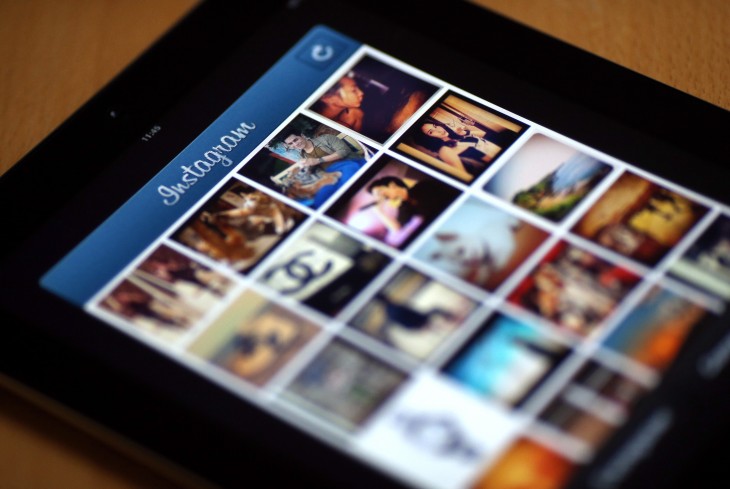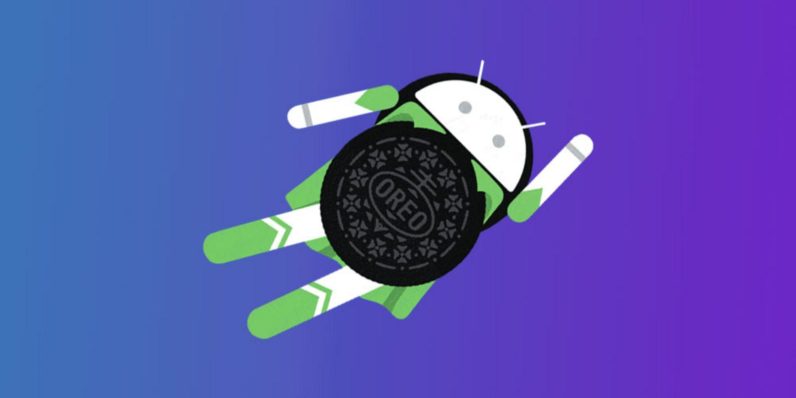
Although many consumers will be replacing their smartphones to purchase the new flagships that Apple, Samsung, Google and others are launching, their old devices will not wither and die. They’ll most likely be integrated into the growing market of used and refurbished phones.
According to IDC, used smartphones will triple in sales by 2020 and become a $30 billion market. This secondary market will be especially attractive to the millions of people who can’t afford the insanely expensive new devices that are coming to store shelves.
However, the used device market has its own complexities. As they go through the recycling process, there are various steps each device has to complete to make sure that it’s fit to be reused by consumers. These include assessing the device’s functionality and removing all traces of the previous users, both of which can be cumbersome tasks. And the variety of available devices makes things even more complicated.
As the number of secondhand devices going into users’ pockets continues to grow, resellers, labs and users themselves need tools that streamline the process. Here are some of the solutions that are helping the used smartphone market keep pace with its accelerating expansion.
Mobile device diagnostics

One of the key steps in defining the value of a second hand device is to know how well it is performing, which depends on dozens of parameters. For users who want to appraise a used device they’re selling or buying, there are a number of diagnosis apps such as Phone Doctor Plus and Test Your Android. These apps help you test various aspects of your phone, including display colors, touchscreen, multi-touch, camera, fingerprint, flashlight, sound, vibration and microphone.
In the forward and reverse logistics pipeline, where workshops, stores and factories have to diagnose hundreds and thousands of devices per day, mobile device diagnostics solutions, hardware and software tools that assess different aspects of a smartphone’s performance, are the key component of the process.
Second market resellers use these tools to improve the efficiency and accuracy of their services. Mobile diagnostic apps perform some of the tasks automatically and provide a step-by-step guidance to fully check the entire feature-set of a mobile device.
Asset Science, a vendor of mobile diagnostics, wants to automate the entire process with a suitcase-sized robot that thoroughly tests smartphones for hardware problems. The company already provides white-label tools that carriers and manufacturers can tailor to their brand and integrate into factories and stores, as well as provide the users themselves with easy-to-use diagnostic tools for their devices.
The fully automated diagnostics robot, which Asset Science presented at Mobile World Congress earlier this month, will enable stores and supply chain firms to respond to the influx of used devices that are submitted for buyback. Furthermore, using robotics enables companies like these to standardize the examination of features such as button health, touch responsiveness and screen brightness—all with precise metrics, as opposed to being left to the opinions of human testers.
Erasing personal data
Mobile devices store a considerable amount of private and sensitive data. This can include business emails, financial details, contact information and personal pictures.
Most users think that performing a factory reset will wipe all user data from the device. But as researchers have proven, a lot of personal (and sometimes embarrassing) data can be retrieved from factory-reset smartphones using commercially available recovery software.
To avoid leaving any trace of previous data on their old phones, users can use apps such as Secure Erase with iShredder 5. Secure Erase overwrites old data with junk after erasing it, to make sure that it’s not recoverable.

For workshops and stores, which have to deal with hundreds of devices every day, there are industrial data wiping solutions, such as Blancco Mobile Device Eraser. Blancco’s solution enables you to wipe up to 40 devices of various models at the same time, and provides a centralized dashboard to control and monitor all data wiping operations from a central location. The solution also performs factory reset on all wiped devices to complete the process and get the device ready for distribution. Industrial data erasure solutions can make sure that consumer data is protected, even if the users themselves are not careful enough.
Ensuring long-time value of old devices
One final topic that might be different but equally as important as lifecycle management tools for refurbished and secondhand devices is how software vendors are making sure that older devices can continue to function as the industry moves forward.
An interesting development is Google’s latest release of Android, Oreo, which runs faster than older versions of the operating system when run on aging devices. The operating system has also been optimized to reduce resource usage and improve battery life.

Apple’s hasn’t made any such plans for its iOS 11, though the operating system will run on iPhones that date back to 2013, which is still fair.
However, as we move forward, smartphone software and OS vendors should consider the secondhand market as a valuable audience, and make sure that they’re products are available to this fast growing audience.
Get the TNW newsletter
Get the most important tech news in your inbox each week.





